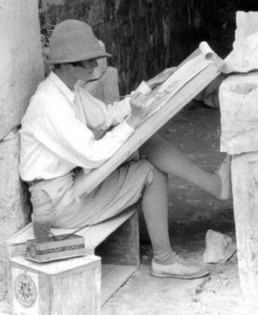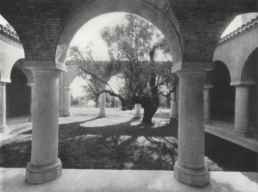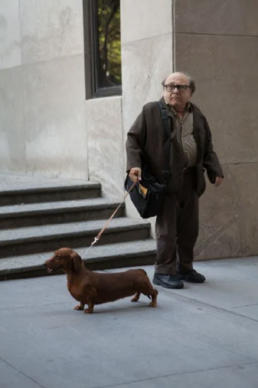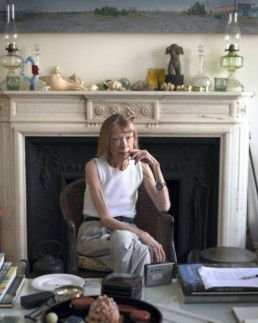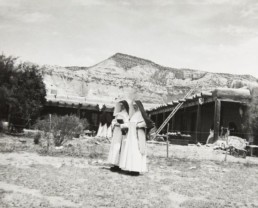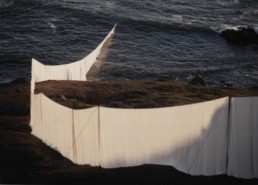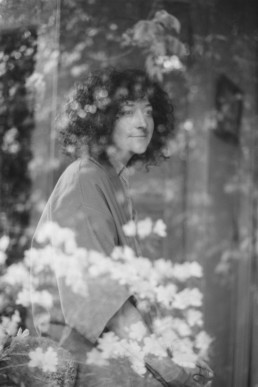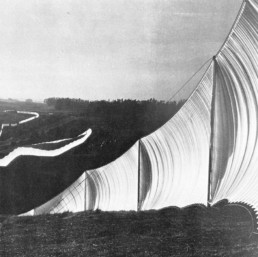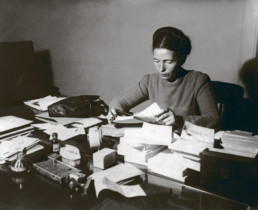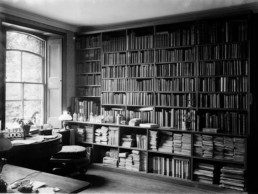An impermanent portrait
There’s flannel flowers, that’s for cold hearts, wear them next to your skin to keep out the chill of uncharitableness. The Home, pg. 21 (December 1924) referenced in The prints of Margaret Preston : a catalogue raisonné, Roger Butler (2005).
Let no one say the past is dead; the past is all about us and within. Oodgeroo Noonuccal (1964).
The point
To draw attention to the small rituals and gestures that give meaning and value. Ilse Crawford, “A Frame for Life” (2014) pg. 53.
To free us from the expectations of others, to give us back to ourselves – there lies the great, singular power of self-respect. Joan Didion, “Self-respect: Its Source, Its Power”, Vogue (1961).
What we see before us is just one tiny part of the world. We get in the habit of thinking, this is the world, but that’s not true at all. The real world is a much darker and deeper place than this, and much of it is occupied by jellyfish and things. The Wind-up Bird Chronicle, Haruki Murakami (1994–1995)
One of the most intelligent case studies in design is the Chinese tea cup. They’re made without handles simply because if it’s too hot to touch, it’s too hot to drink. Alex Tan, Common Discourse #32 (2021).
Maybe instead of going and buying ourselves a pair of trousers, we can text or phone our friends and we can go for a walk and have an experience together. If everyone started thinking like that, consumption would go down and connection and camaraderie would go up. Gert Jonkers, The Happy Reader, Issue 5 (2015).
I’ve been thinking about the way, when you walk down a crowded aisle, people pull in their legs to let you by. Or how strangers still say “bless you” when someone sneezes, a leftover from the Bubonic plague. “Don’t die,” we are saying. And sometimes, when you spill lemons from your grocery bag, someone else will help you pick them up. Mostly, we don’t want to harm each other. We want to be handed our cup of coffee hot, and to say thank you to the person handing it. To smile at them and for them to smile back. For the waitress to call us honey when she sets down the bowl of clam chowder, and for the driver in the red pick-up truck to let us pass. We have so little of each other, now. So far from tribe and fire. Only these brief moments of exchange. What if they are the true dwelling of the holy, these fleeting temples we make together when we say, “Here, have my seat,” “Go ahead – you first,” “I like your hat.” Danusha Laméris, The New York Times (September 22, 2019).
After all is said and done Marcus Aurelius is right: you can only live in the present, but that only intensifies the desire to relive the past, especially days like those three in Rome, because back then, even though I lived them, I couldn’t fully appreciate them as I can now when I can’t even remember them properly. Geoff Dyer, The Happy Reader Issue 13 (2019).
We tend to think of landscapes as affecting us most strongly when we are in them or on them, when they offer us the primary sensations of touch and sight. But there are also the landscapes we bear with us in absentia, those places that live on in memory long after they have withdrawn in actuality, and such places―retreated to most often when we are most remote from them―are among the most important landscapes we possess. Robert Macfarlane, “The Old Ways” (2012).
Everything starts and ends with Country in the Aboriginal worldview. Yet there are no endings in this worldview, nor are there any beginnings. Time and place are infinite and everywhere. Everything is part of a continuum, an endless flow of life and ideas emanating from Country, which some refer to as the Dreaming. Margot Neale and Lynne Kelly, “Songlines: The Power and Promise” (2020) Introduction.
If we opened people up, we’d find landscapes. Agnès Varda (2008).
Personal writing: taking notes on the reading, conversations, and reflections that one hears or engages in oneself; keeping kinds of notebooks on important subjects (what the Greeks call ‘hupomnemata’), which must be reread from time to time so as to re-actualize their contents. Foucault, “The Hermeneutics of the Subject: Lectures at the College de France” (1981-1982).
In the age of information overload, the ultimate luxury is meaning and context. Louis Rossetto, Wired (1993).
